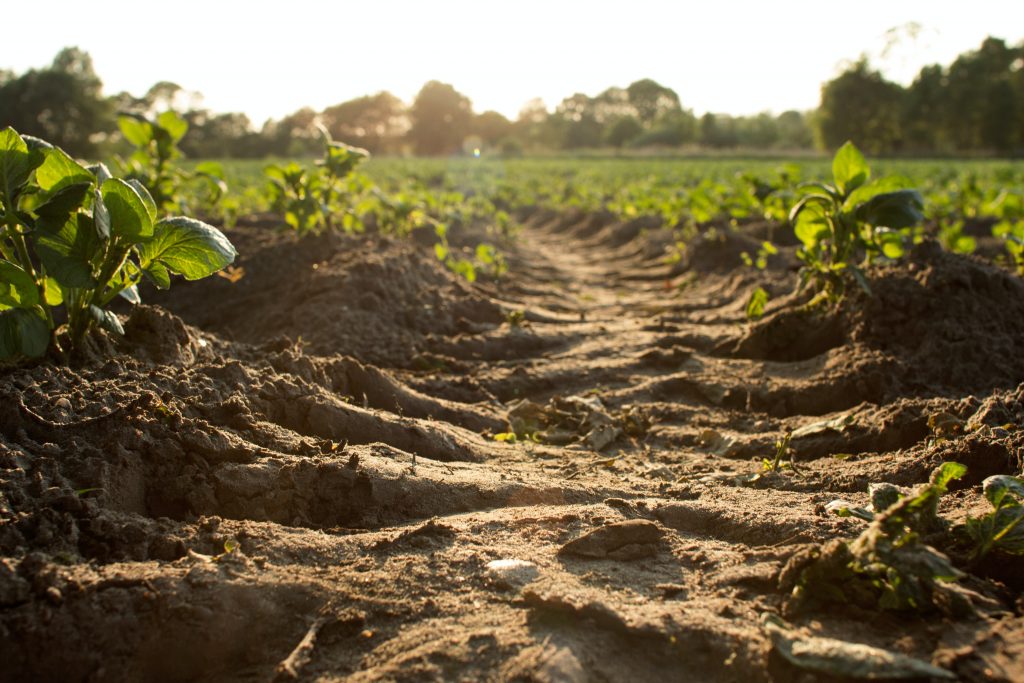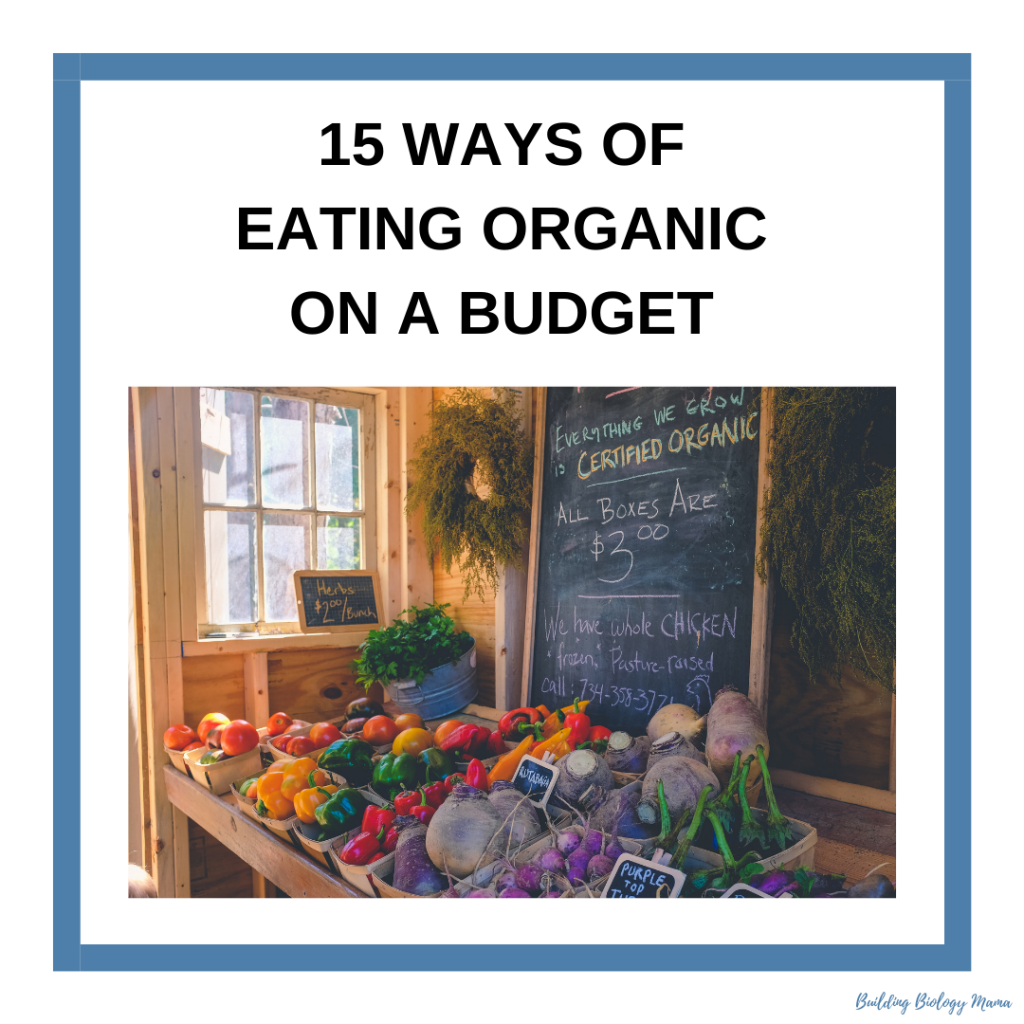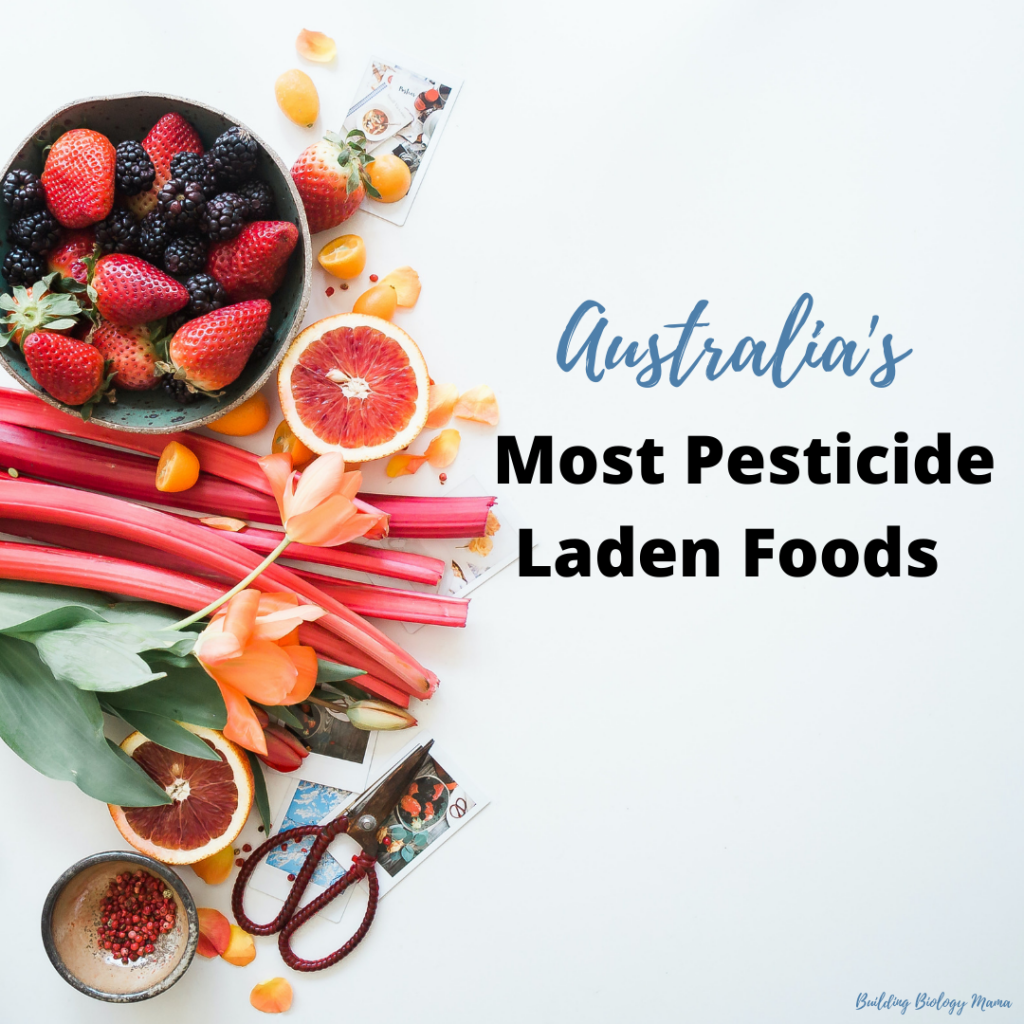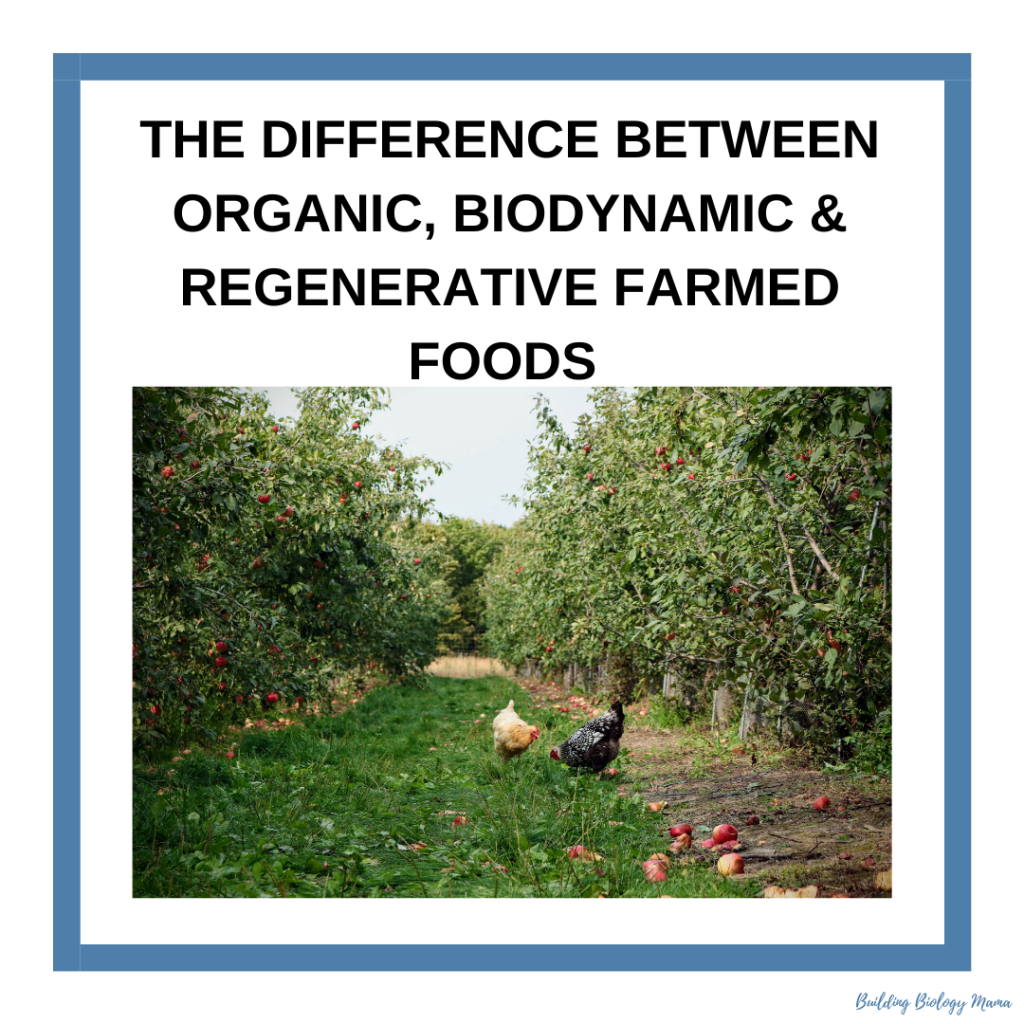By changing the microclimate of our soils, we are changing the macro climate of our environment. That is a big statement in light of climate change and the mammoth task we have upon us. Today I share with you something profound. I wish I could say it is something new, but it is not, just something I am ‘new to’ thanks to my continued education with The Nutrition Academy’s Functional Nutrition Course.
What has this got to do with nutrition?
Ok so I briefly branched out on a tangent but bear with me because I promise you it does. (Before I move on, I must say this is one of the reasons why I am loving the Functional Nutrition Course, it has the course material of readings and videos and then it has further readings and videos one can tap into if they want further information or are a super nerd like myself.)
Back to the point…
The understandings revealed by ecologist and livestock farmer, Allan Savory life’s work is profound and revolutionary, and I personally believe it provides another piece to the puzzle in solving world hunger and tackling climate change.
In fact, I believe it not only holds infinite more promise and hope than Bill Gates’ proposition and investment of genetically engineered foods as the saviour to world hunger and climate change but is also empowering to individuals and communities. Massive call- I know, but that is exactly why I had to share this.
Historically…
The seasonal humidity and environments of the world, (the soil and the vegetation), developed with very large numbers of grazing animals and these grazing numbers were around with pack hunting predators (obviously this is dependent on where you are in the world).
We have changed the natural order of things and grazing animals no longer move the way they used to. Therefore, vegetation is no longer influenced the same way as it were either.
As a result, we are burning off to control vegetation. This is problematic for a couple of reasons:
- The soil is left bare and releases carbon
- Burning off 1-hectare of grass releases more damaging pollutants than 6000 cars.
- The resulting effect is further encouraging desertification
By looking at the system as a whole, Allan made some revelations. Herds are bunching and moving animals. Nature is highly complex and in the case of herds, overgrazing is controlled by the constant movement of the herd and periodic trampling provides good cover of the soil.
Allan Savory and his research demonstrates the answer lies in using livestock and herds mimicking nature. And ‘mimicking nature’ is the key.
To address our biological need Allan developed ‘Holistic Management and Planned Grazing’ techniques. It addresses all of nature’s complexities, and our social, environmental and economic complexities.
In fact in parts of Africa were Allan implemented his Holistic Planning Grazing practices, crop yields increased! And this was done whilst increasing livestock (cattle and goats) numbers, as well as planned grazing and integrating mimicking nature.

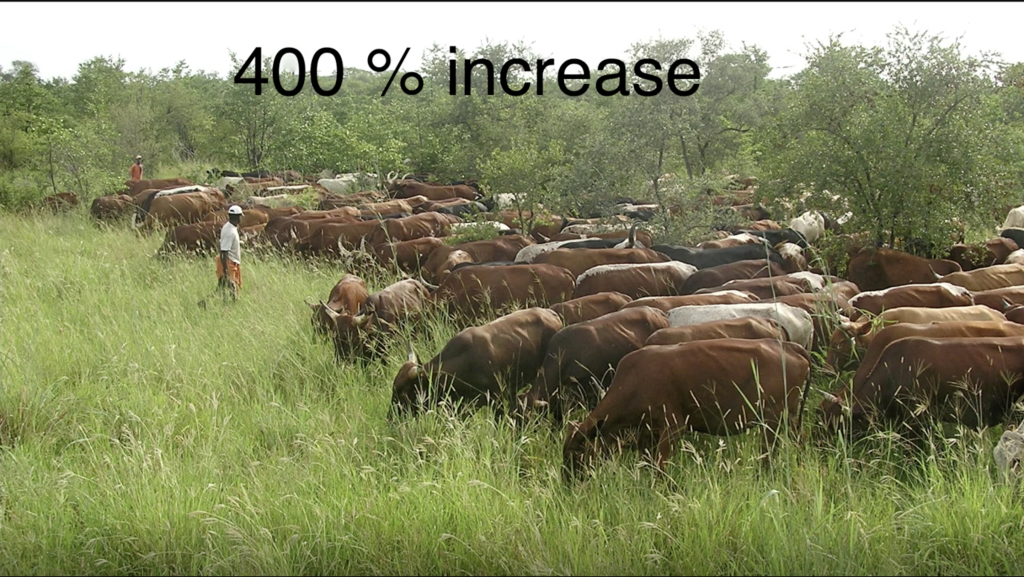
The changes are remarkable!
Here are some before and afters from Mexico too…
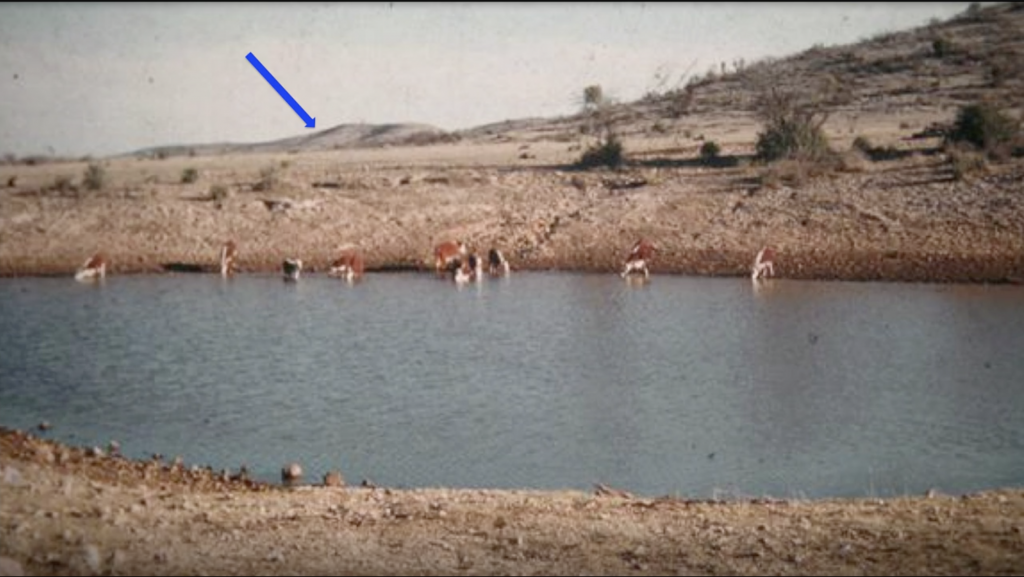
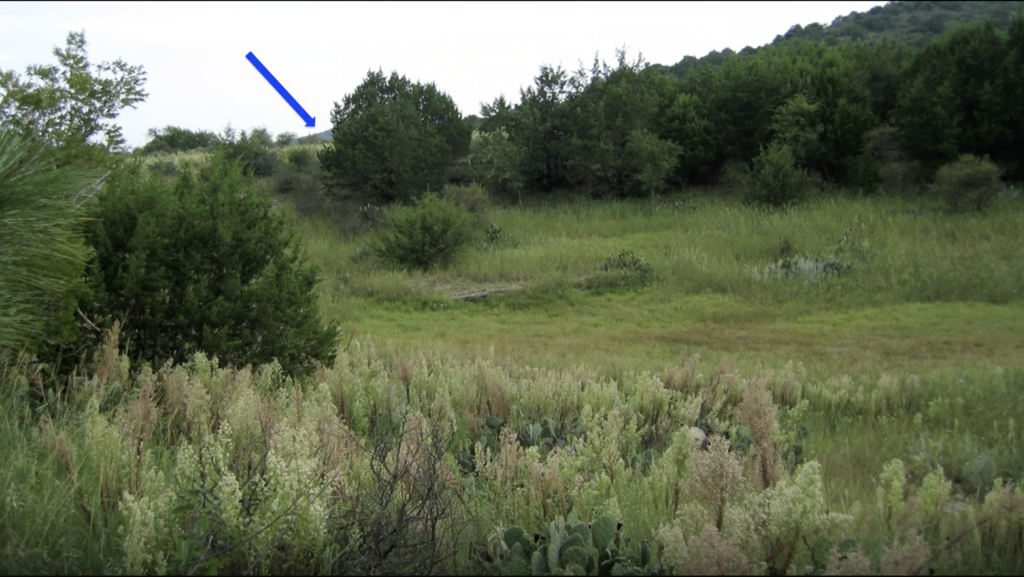
As a teacher, I always found it interesting the way the human brain connected new information and built on current understandings. It always fascinated me in talking to my students after a whole class experience and finding out the different understandings that each student took away from it.
So rather than limiting you all with just some of my new knowledge gleamed from Allan’s amazing TedTalk, I share it with you now.
I would love to hear your thoughts on the information Allan presented here in 2013, so feel free to email me or add your comments to this post.
Xx Tammy
